May 21, 2025 | 00:42 GMT +7
May 21, 2025 | 00:42 GMT +7
Hotline: 0913.378.918
May 21, 2025 | 00:42 GMT +7
Hotline: 0913.378.918
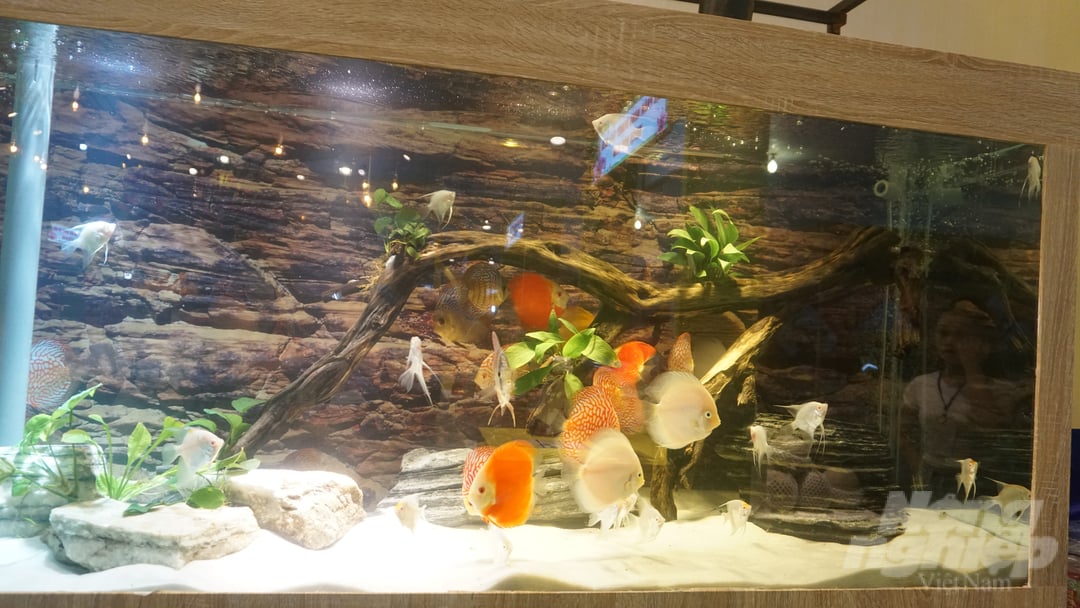
Aquarium fish pot of Discus House Company is displayed at an exhibition. Photo: Nguyen Thuy.
Ornamental fish is one of the six key agricultural product groups of Ho Chi Minh City, accounting for a high proportion of the city's agricultural production value structure.
At a regular press conference on the socio-economic situation and epidemic prevention in Ho Chi Minh city on March 14, Mr. Le Ton Cuong, the Deputy Director of Ho Chi Minh Fisheries Sub-Department shared some information about the current production and export condition of the city's ornamental fish industry.
Currently, the total area of ornamental fish farming in the whole city is approximately 90 ha with nearly 300 establishments and farming households. Farmers raise the fish in glass tanks, cement ponds lined with canvas, ponds, and even in glue/jars/metal bowls/pots/styrofoam.
There are three main forms: Firstly, raising in glass aquariums with an average volume of 100-200 liters/tânk, about 100,000 ponds/4 ha. This mainly serves to raise discus, neon tetra, and red-nose tetra; Secondly, raising in cement ponds or plastic tarpaulin ponds, with an average area of 4-6m2/tank, 20,000 tanks per 24 ha. This mainly serves to raise guppies, platy, and red swordtail; Thirdly, raising in ponds with an area of 200 - 500 - 1,000 - 2,000 m2/pond, 500 ponds per 60 ha, This mainly serves to raise Japanese carp, gold fish, guppies, platy, and red swordtail.

Mr. Le Ton Cuong, the Deputy Director of the Fisheries Sub-Department of Ho Chi Minh City (HCMC Department of Agriculture and Rural Development). Photo: Nguyen Thuy.
According to Mr. Cuong, Ho Chi Minh city currently has approximately 20 ornamental fish exporters, of which Thien Duc Ornamental Creature Corporation, Saigon Aquarium Corporation, and Saigon Ornamental Creature Cooperative are the city's three main exporters in recent years.
Regarding the ornamental fish export market, Mr. Cuong said that the city's ornamental fish had been exported to 50 countries. The EU market accounts for approximately 50-60%, the rests are the Asian, USA, Middle East, and South African markets.
From 2010 to 2019, Ho Chi Minh city's total ornamental fish production increased by an average of 15% per year (60 million fish in 2010, 205 million fish in 2019). However, in the 2020 - 2022 period, due to the impact of the Covid-19 pandemic, all industries were affected, including the ornamental fish business, The output of ornamental fish production decreased by over 50% in 2021 (100 million heads).
In the first months of 2023, the number of ornamental fish in the city reached 37.4 million fish, down 11.30% over the same period in 2022; the number of exported ornamental fish is over 4.1 million, down 0.5% over the same period. The export value is over USD 4.2 million, up 1.0% over the same period.
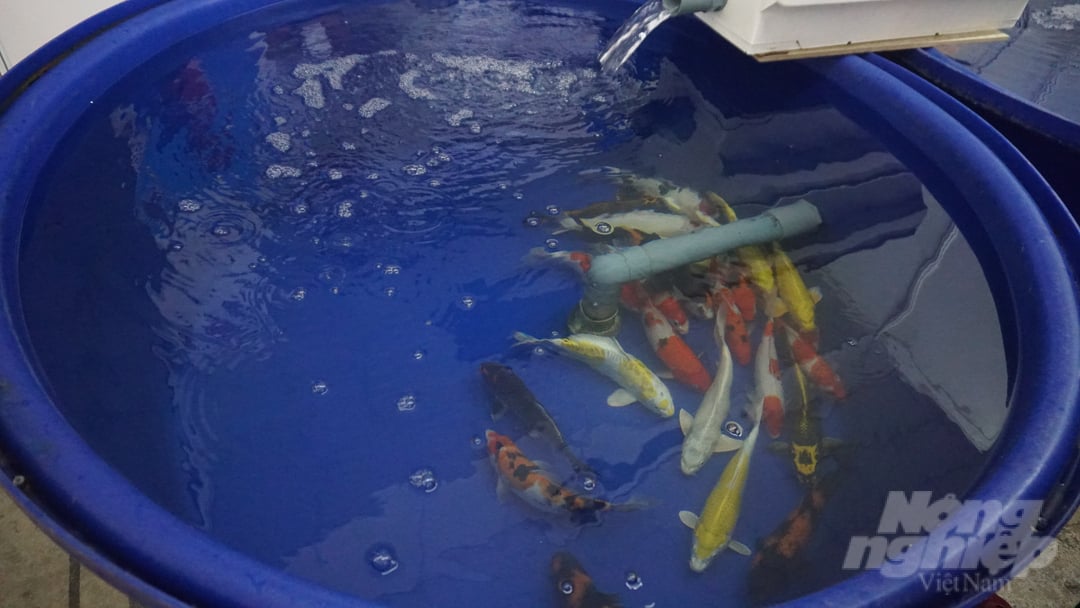
Model of aquarium fish on display at the exhibition. Photo: Nguyen Thuy.
The market that accounts for the largest proportion of ornamental fish exports in Ho Chi Minh city is Europe, accounting for 64.78%, followed by Asia, accounting for 28.49%; America, accounting for 5.10%; the Middle East, accounting for 1.28%; South Africa, accounting for 0.35%.
Explaining the decrease in the production of ornamental fish in the area, Mr. Le Ton Cuong said that some establishments/households raising ornamental fish in Binh Chanh districts (Tan Nhut commune, Binh Loi), Cu Chi district (Thai My commune) have temporarily suspended production because the domestic and export market for ornamental fish has not prospered.
Also due to global economic influences, ornamental fish are not well consumed, so farmers have narrowed the target audience and reduced production compared to the past. At the same time, some popular ornamental fish species such as carp, guppies, and cory catfish were transferred to neighboring provinces such as Tien Giang and Long An.
In the strategic plan for fisheries development in Ho Chi Minh city to 2030, vision to 2045, Ho Chi Minh City Department of Agriculture and Rural Development has set a target of exporting ornamental fish to reach USD 100 million by 2030, the ornamental fish industry in Ho Chi Minh city must therefore produce 300 million ornamental fishes.
Ho Chi Minh city has strengthened the activities of professional organizations, established ornamental fish associations in order to gather production, business and artisan establishments into cooperative groups, cooperatives or craft villages in key localities. The city also invests in research and development of new ornamental fish species as well as domestication of natural fish species.
Translated by Bao Ngoc
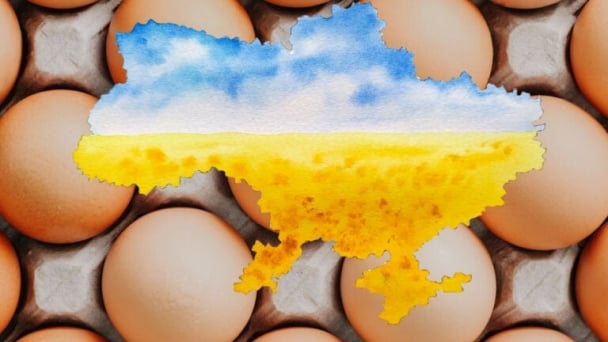
(VAN) Oliyar, a prominent Ukrainian oil and fat manufacturer, has revealed plans to build a farm for 2.3 million laying hens in the Lviv region. The additional production quantities promise to change the competitive landscape of the egg market of the Eastern Europe region.
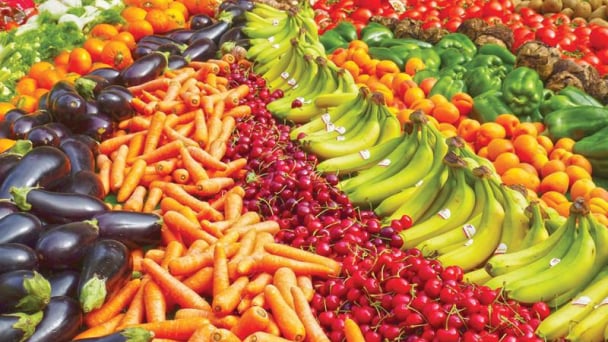
(VAN) On May 15, Ministry of Agriculture and Environment of Vietnam hosted the 'Connecting Vietnam - Germany agricultural, forestry and fishery trade' seminar in Berlin, Germany.
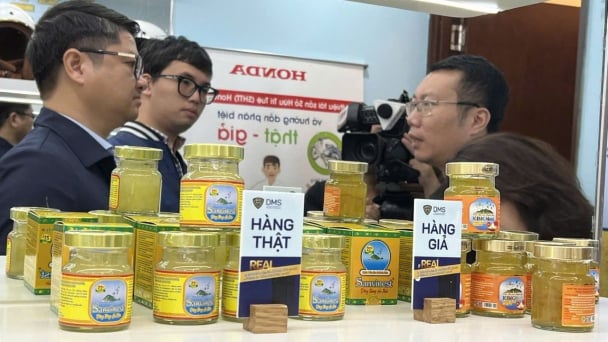
(VAN) In the face of counterfeit and imitation products, Khanh Hoa Salanganes Nest Company hopes for the prompt completion of the legal framework, strict enforcement against violations, and protection of the bird’s nest brand.
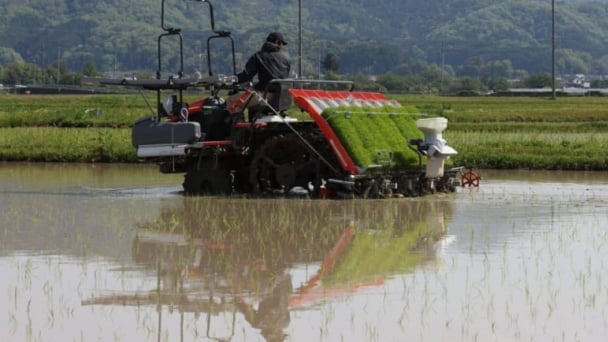
(VAN) Japan's efforts to lower the price of rice through the release of its stockpile may finally be making some progress, albeit at a snail's pace.
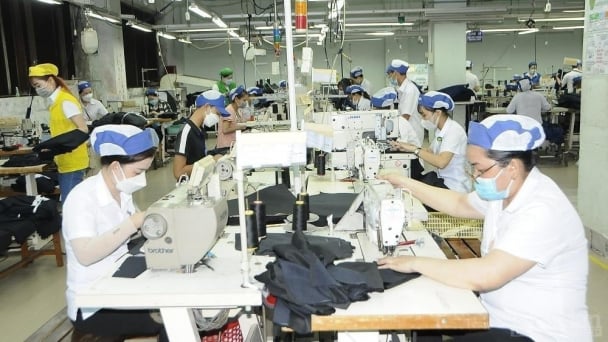
(VAN) U.S. tariffs are not only a 'shock', but also an opportunity for Vietnamese businesses to renew their mindset toward comprehensive development.
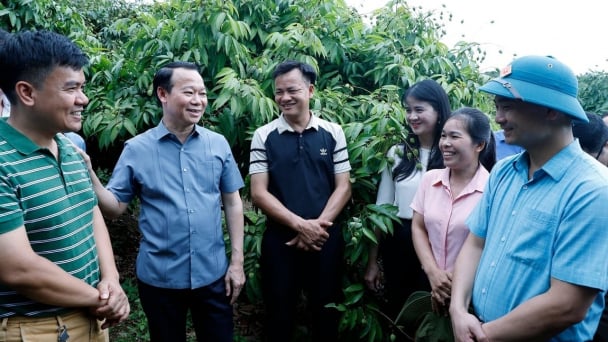
(VAN) As Bac Giang lychee enters the harvest season, Minister Do Duc Duy expects that the fruit will contribute greatly to agricultural exports due to standardized production and deep processing.
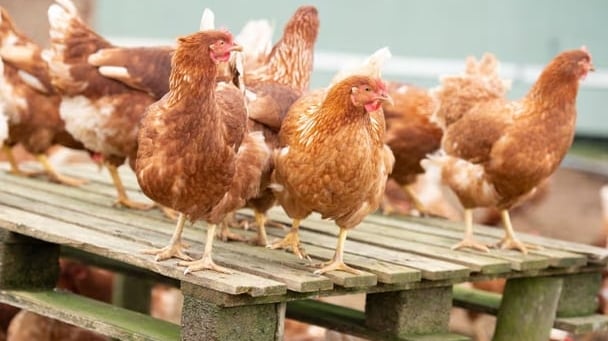
(VAN) Consumers have shown a preference for free-range eggs, but those farming systems are more vulnerable to biosecurity risks like bird flu.